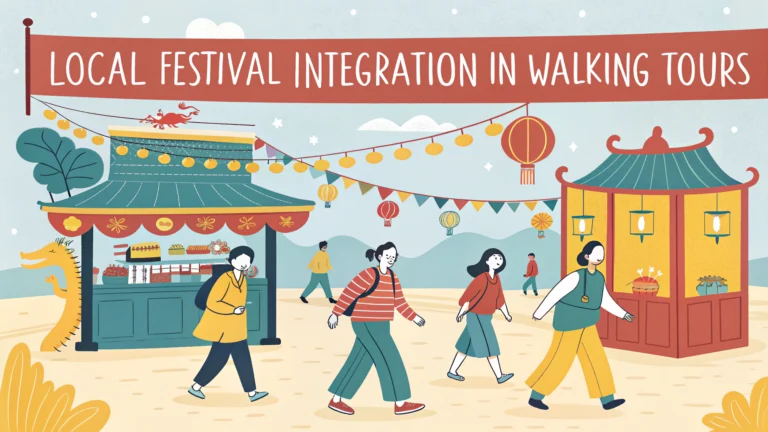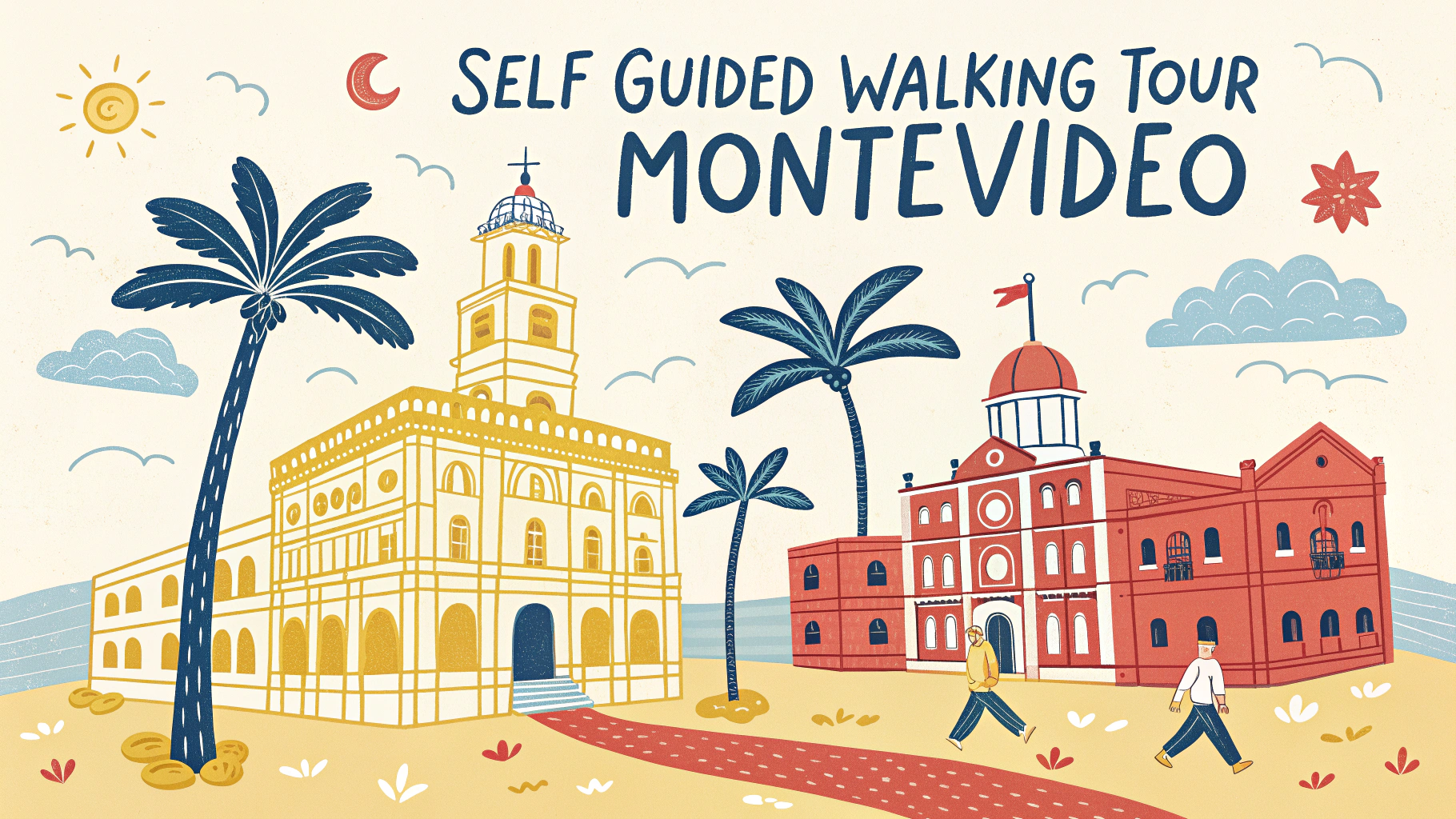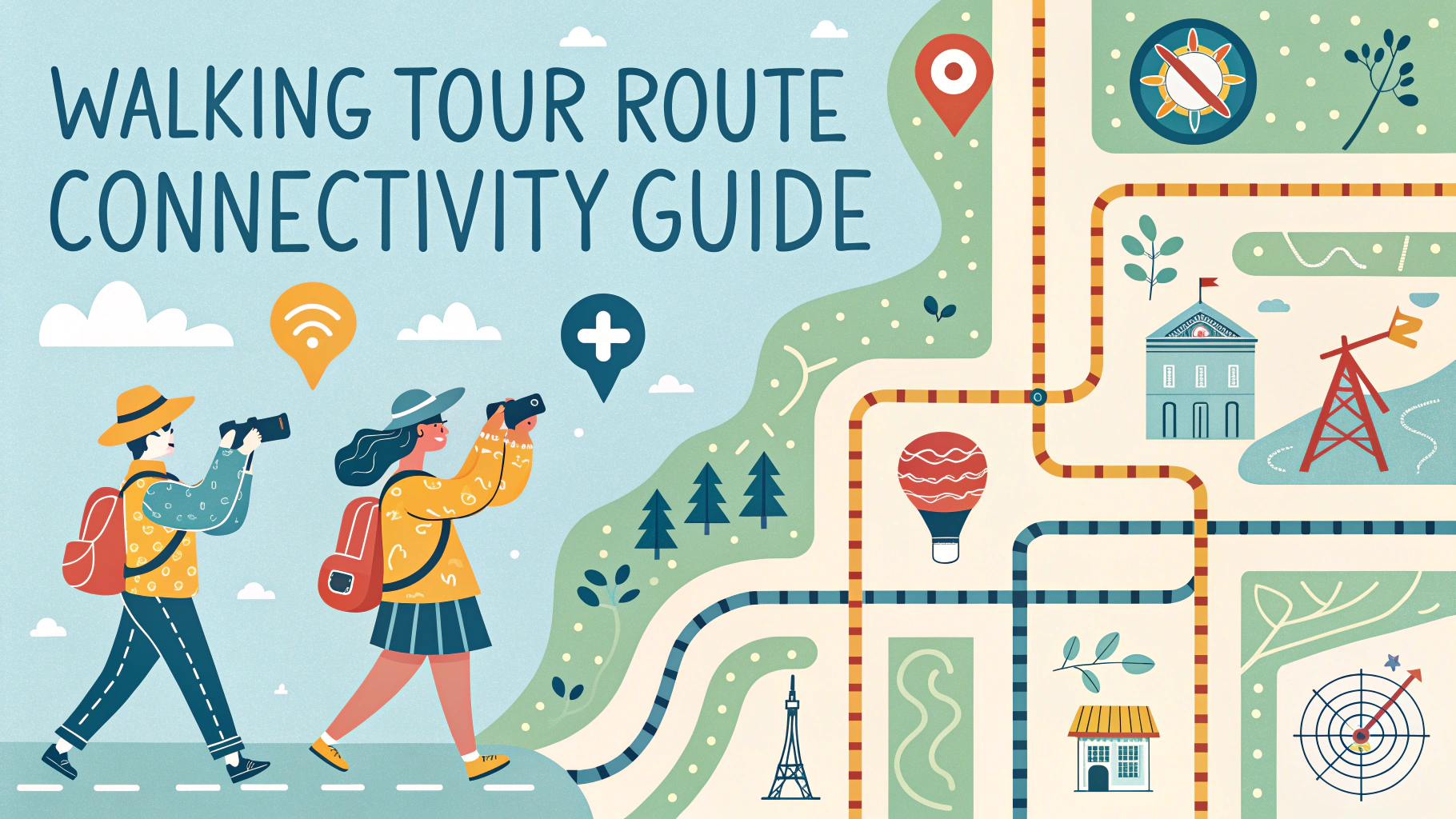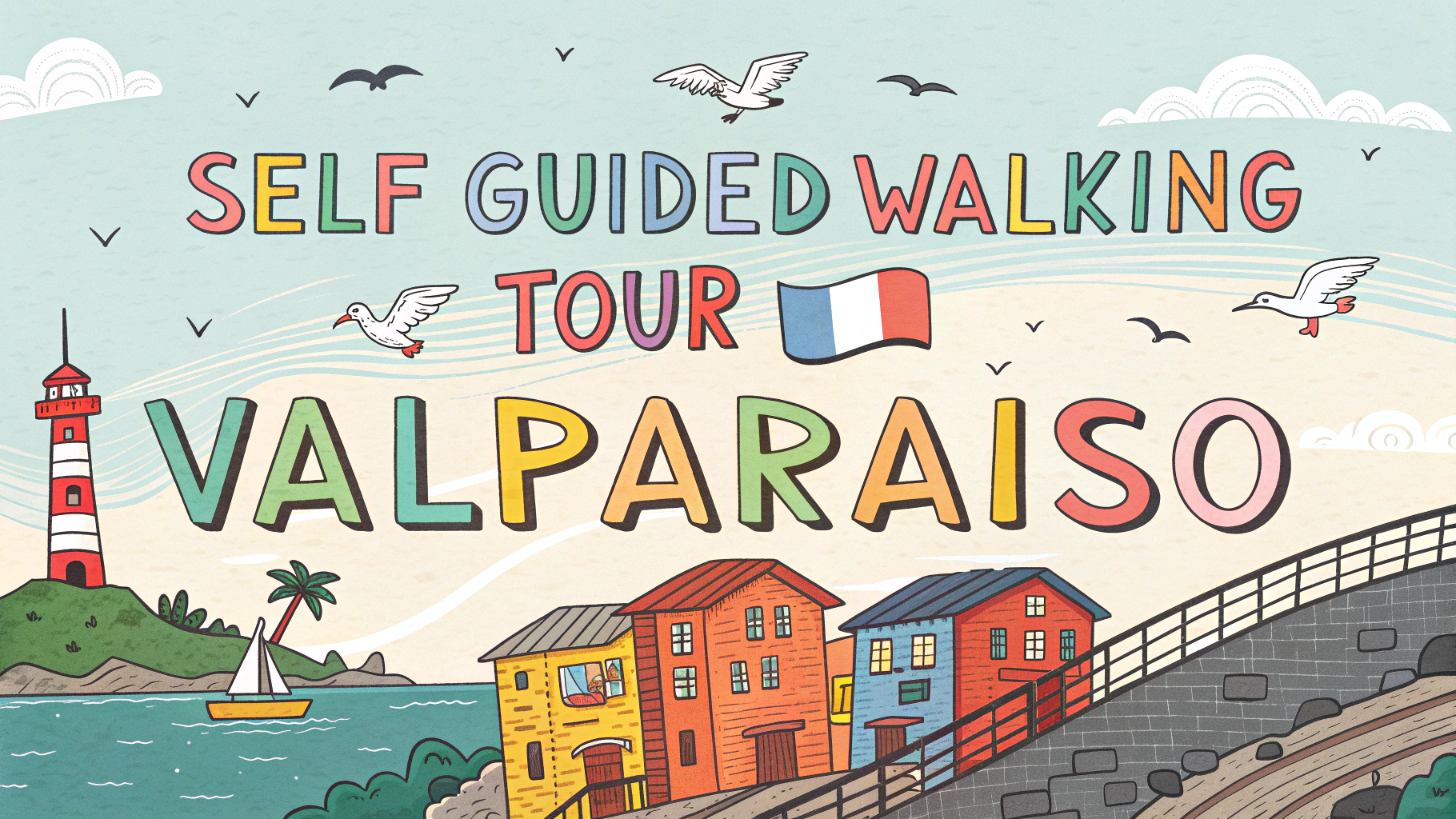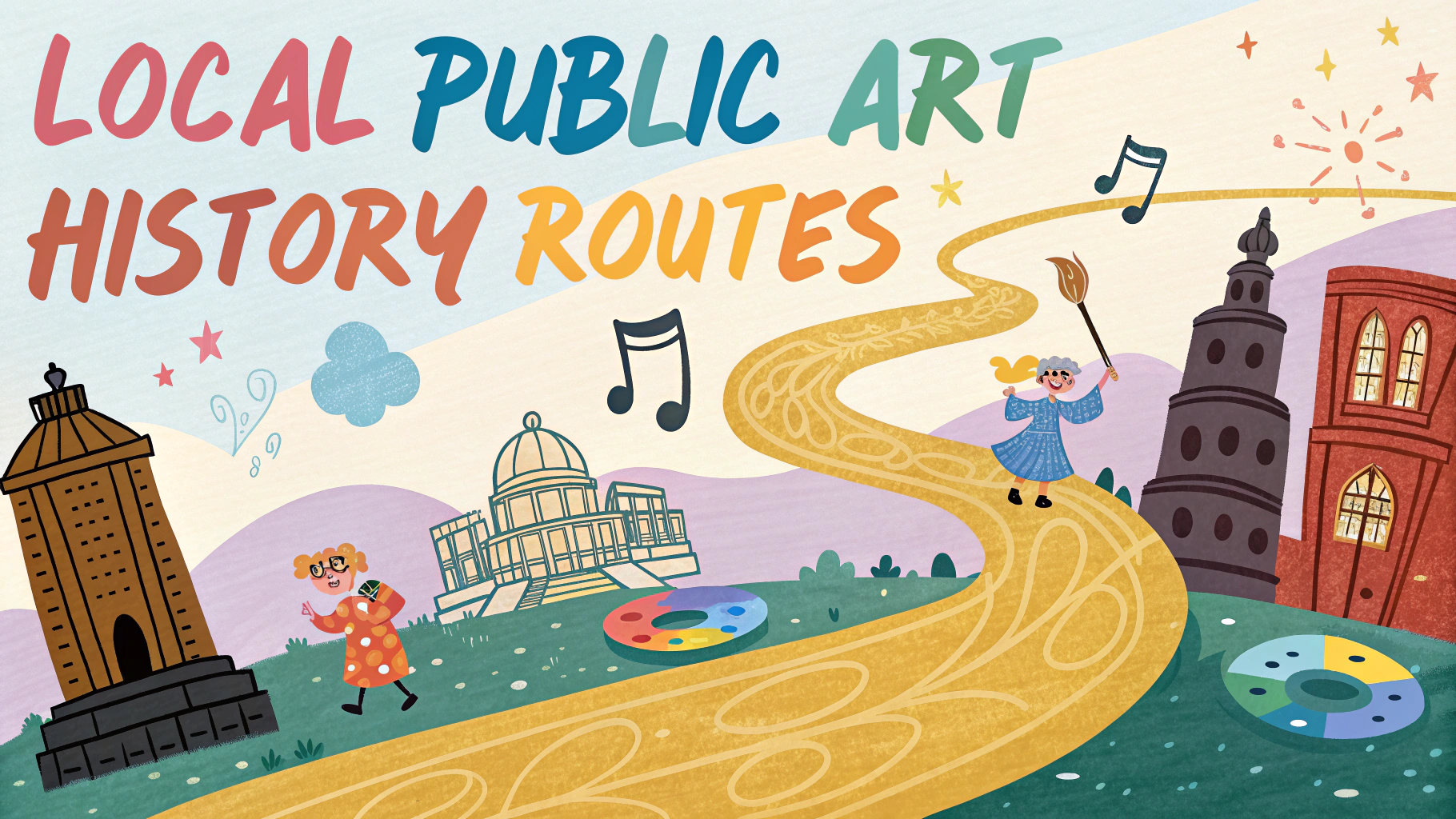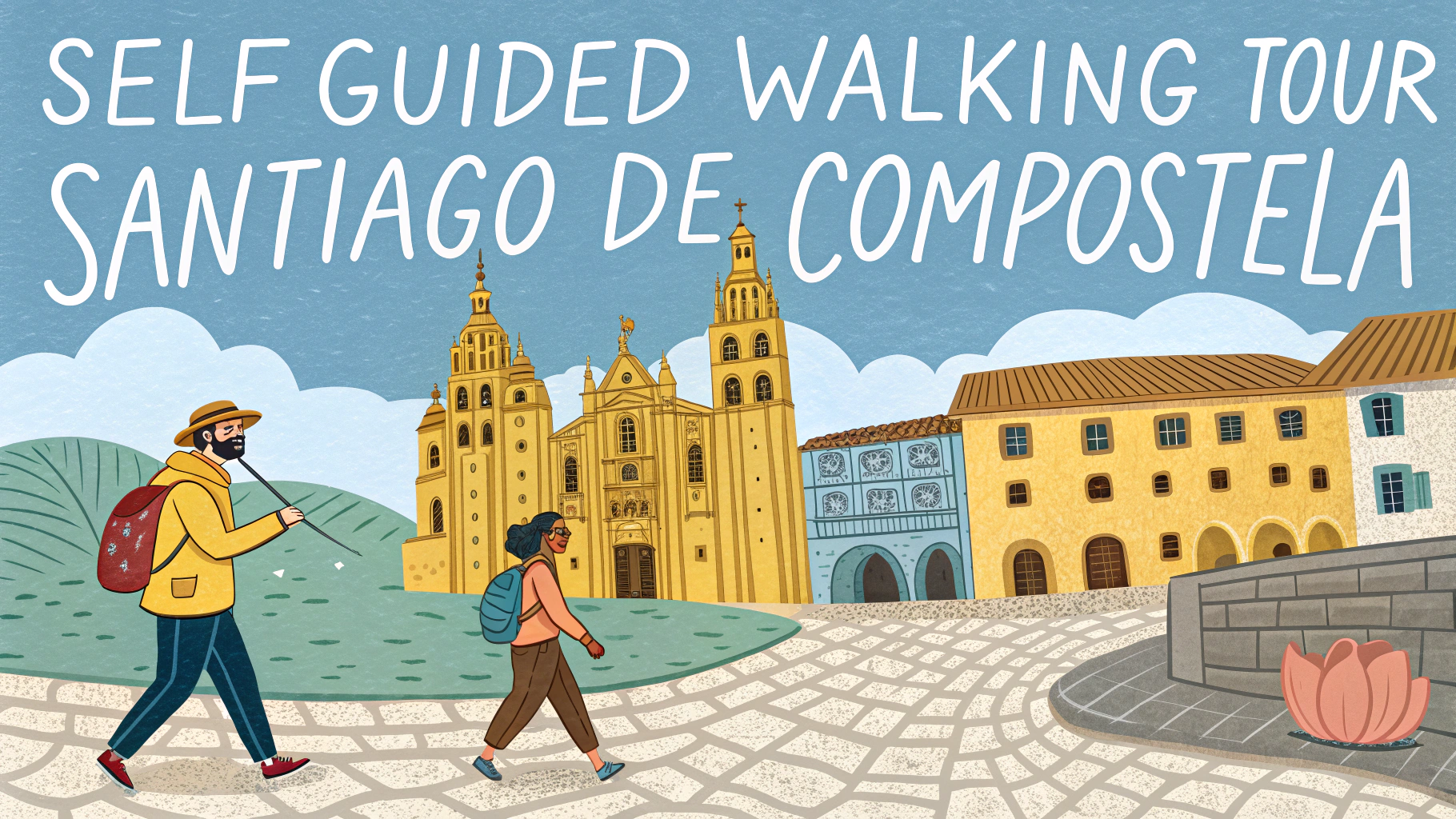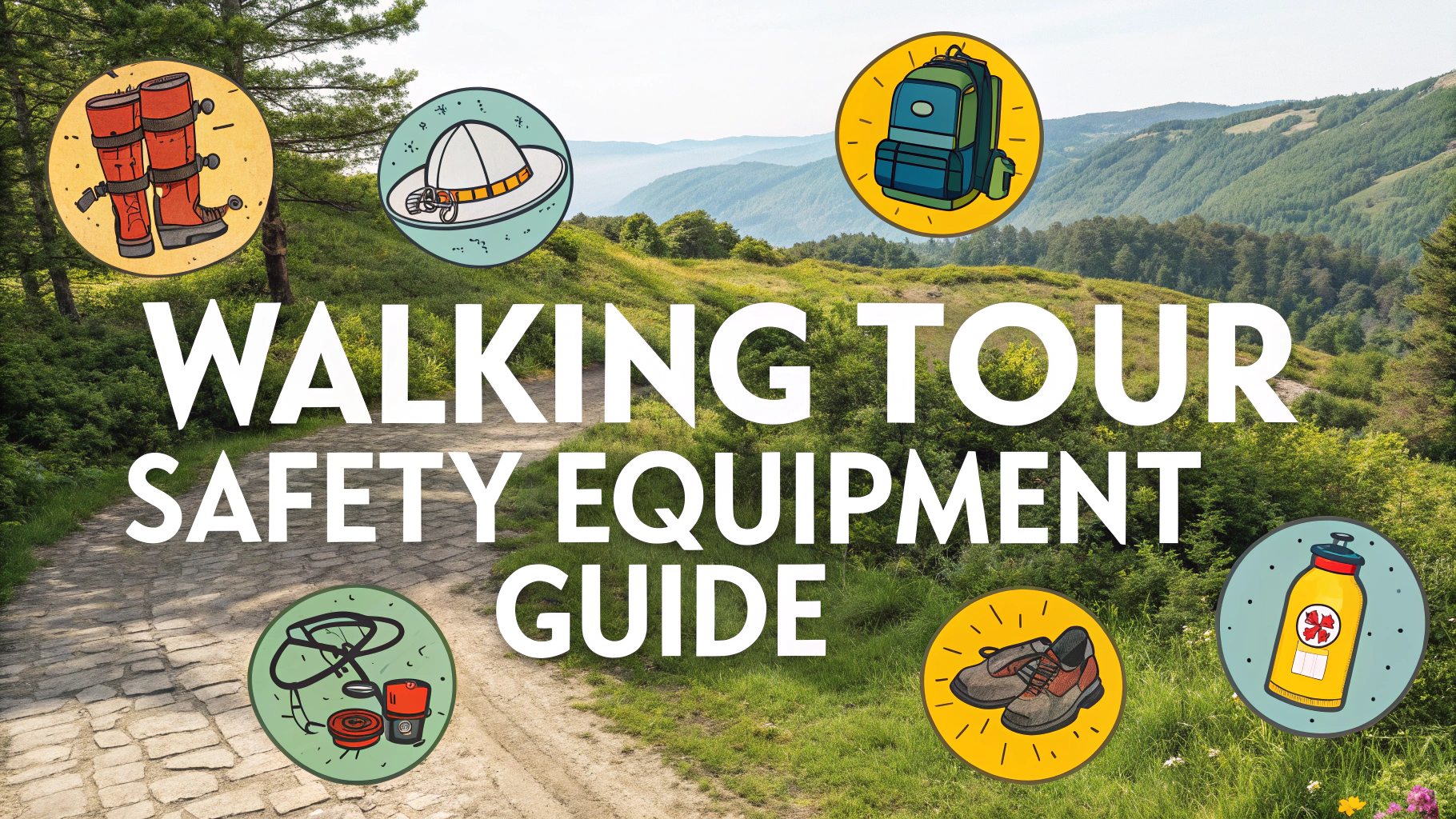Integrating local festivals into walking tours creates memorable experiences that showcase a destination’s authentic culture and traditions.
Planning Your Festival-Focused Walking Route
Research festival dates and locations well in advance to map out the most efficient walking route.
- Check official tourism websites for festival calendars
- Plot festival locations on a digital map
- Consider crowd density and peak times
- Plan alternative routes during busy periods
Tips for Festival Integration
Start your walk early to avoid the largest crowds and secure good viewing spots.
Festival Walking Tour Essentials:
- Water bottle and snacks
- Comfortable walking shoes
- Local currency for vendors
- Festival schedule printout
- Battery pack for mobile devices
Timing Your Route
| Festival Type | Best Time to Visit |
|---|---|
| Food Festivals | Late morning/early afternoon |
| Music Events | Late afternoon/evening |
| Cultural Parades | Early morning |
Incorporating Local Experiences
Connect with local artisans and performers between festival events to enhance your cultural understanding.
- Sample regional specialties at food stalls
- Watch craft demonstrations
- Learn traditional dances
- Photograph festival preparations
Safety Considerations
Keep emergency contact numbers saved on your phone and written down separately.
- Local Police
- Tourist Police (where available)
- Nearest Hospital
- Festival Information Center
Technology Integration
Download offline maps and festival apps before starting your tour.
- Google Maps offline areas
- Festival-specific mobile apps
- Local transportation apps
- Translation apps for international festivals
Photography Tips
Position yourself at elevated points for better festival photography opportunities.
- Scout photo locations beforehand
- Ask permission before photographing performers
- Use burst mode for action shots
- Consider lighting conditions at different times
Remember to respect local customs and festival etiquette while documenting your experience.
Crowd Management Strategies
Navigate festival crowds effectively by identifying less congested viewing areas and alternative pathways.
- Use side streets for easier movement
- Visit popular attractions during off-peak hours
- Identify emergency exits and meeting points
- Follow crowd flow patterns
Cultural Sensitivity
Show respect for local traditions and customs while participating in festival activities.
Cultural Guidelines:
- Dress appropriately for religious festivals
- Learn basic cultural greetings
- Observe sacred ceremonies from designated areas
- Follow photography restrictions
Environmental Responsibility
Maintain environmental awareness during festival walking tours to minimize impact.
- Carry reusable water containers
- Dispose of waste properly
- Use eco-friendly transport options
- Support sustainable vendors
Post-Festival Activities
Explore the aftermath of festivals to witness unique cultural aspects and local life returning to normal.
- Visit morning markets after night festivals
- Observe cleanup traditions
- Document post-festival rituals
- Connect with local community members
Conclusion
Festival-focused walking tours offer immersive cultural experiences when properly planned and executed. By combining practical preparation with cultural sensitivity and environmental awareness, visitors can create meaningful connections with local communities while respecting traditions and customs. Remember to remain flexible with your itinerary and embrace unexpected festival moments that often become the most memorable parts of your journey.
Final Reminders:
- Stay hydrated and energized
- Keep valuable documents secure
- Maintain digital and physical backup plans
- Share your experience responsibly on social media
FAQs
1. How can I identify local festivals when planning my self-guided walking tour route?
Check local tourism websites, community calendars, and cultural event listings. Most cities publish annual festival schedules online, allowing you to align your walking route with festival dates and locations.
2. What’s the best way to modify a walking tour route to include a festival?
Plan your route to intersect with the festival location during optimal hours, typically mid-morning or early afternoon. Create alternate paths to avoid potential street closures and crowds.
3. How far in advance should I research local festivals for my walking tour?
Research at least 2-3 months ahead, as major festivals can affect accommodation prices and availability. Many cultural festivals are annual events with fixed dates or seasons.
4. What should I consider when timing my walking tour with a festival?
Consider festival peak hours, weather conditions, and daylight hours. Factor in extra time for crowds, festival activities, and potential public transport modifications.
5. Are there special permits needed when incorporating festival areas in self-guided tours?
Generally, no special permits are needed for individual tourists, but verify if certain festival areas require paid entry or special passes. Some festivals may restrict access to certain streets.
6. How can I avoid overcrowded areas while still experiencing the festival?
Plan to visit festival areas during off-peak hours, typically early morning or later afternoon. Use parallel streets for walking when main festival areas become congested.
7. What’s the recommended duration for a walking tour that includes festival stops?
Allow 4-6 hours for a festival-integrated walking tour. This provides time for both sightseeing and festival participation without rushing either experience.
8. Should I book accommodations closer to festival locations?
Book accommodations within walking distance of festival areas to minimize transportation issues, but not too close to avoid noise and crowds. Aim for 15-20 minutes walking distance.
9. How can I incorporate local food festivals into my walking tour?
Plan meal breaks around food festival locations, research signature dishes beforehand, and carry cash for vendors. Schedule your walk to arrive at food festivals during meal times.
10. What emergency information should I note when including festivals in my route?
Note festival information points, nearest medical facilities, police stations, and alternative routes. Save festival organizer contacts and local emergency numbers.
